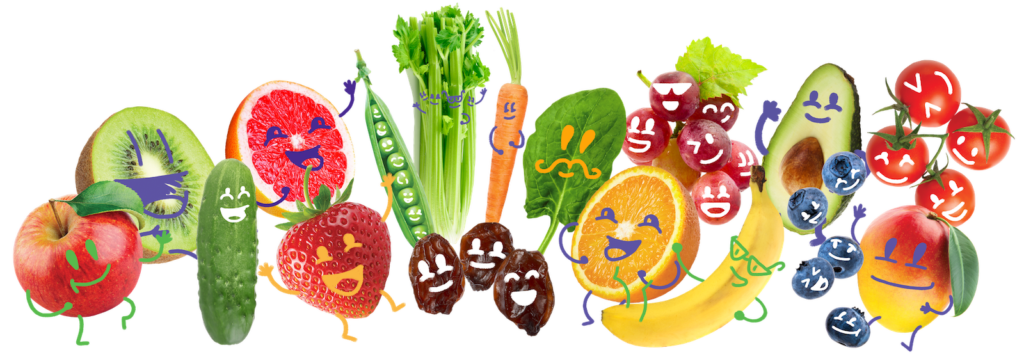As schedules fill with school activities and fall gets busier, we need simple meals that don’t create more work. Sheet pan meals check all the boxes: they’re quick to prep, full of flavor and easy to clean up. Done right they easily lead to a balanced meal—often combining protein, vegetables and starches in one pan—while saving time and effort in the kitchen.
Cook Time and Temp
Keep cooking times in mind when building your sheet pan (or pans, if ingredient prepping). For example, thin slices of chicken can cook in 20-25 minutes, while some root vegetables need double that time. Cooking temperatures may vary too (generally 375-425 degrees). To manage different cooking times and temperatures, consider when to add food to the oven. If needed, adjust the temperature to reach the desired texture for vegetables and ensure proteins (meat, chicken, fish) are fully cooked.
Preparing Ingredients
In addition to time and temperature, consider the size of the ingredients you’re adding to your sheet pan. Aim for uniform sizes that cook at the same time. Keep in mind that smaller pieces will cook faster but may not hold their shape as well after cooking. (This is especially important if you are mixing ingredients or stirring them together after cooking).
Flexible Sheet Pan Ingredients
With the right plan, you’ll have the building blocks for many dishes to use throughout the busy week. Load two or three pans with an assortment of vegetables, starches and proteins. Add your favorites seasonings and then cook. For vegetables and starches, take advantage of produce sales and aim for a variety of colors and flavors. For proteins, choose affordable or plant-based choices, along with options that work well with veggies. Build grain bowls, wraps, quesadillas or a balanced salad and use roasted vegetables for frittatas, omelets, vegetarian sauces, pizza toppings and more.


